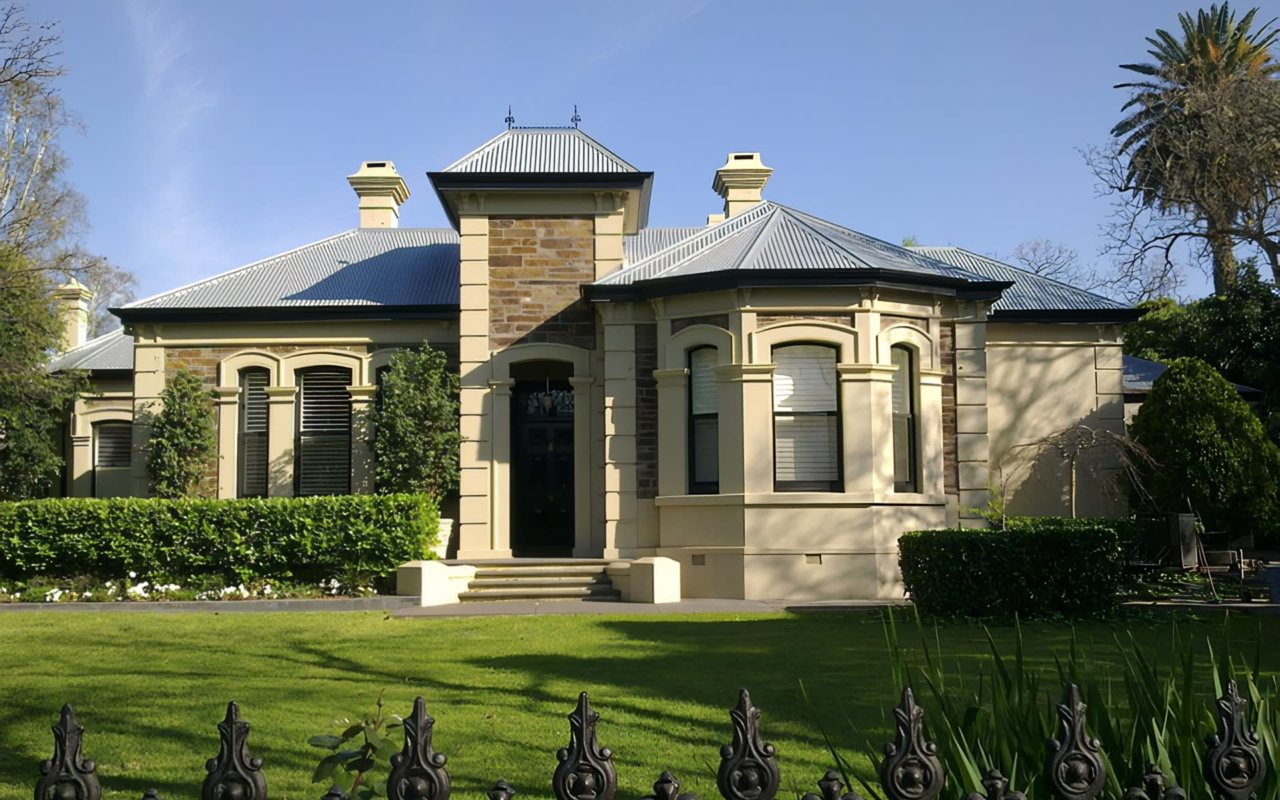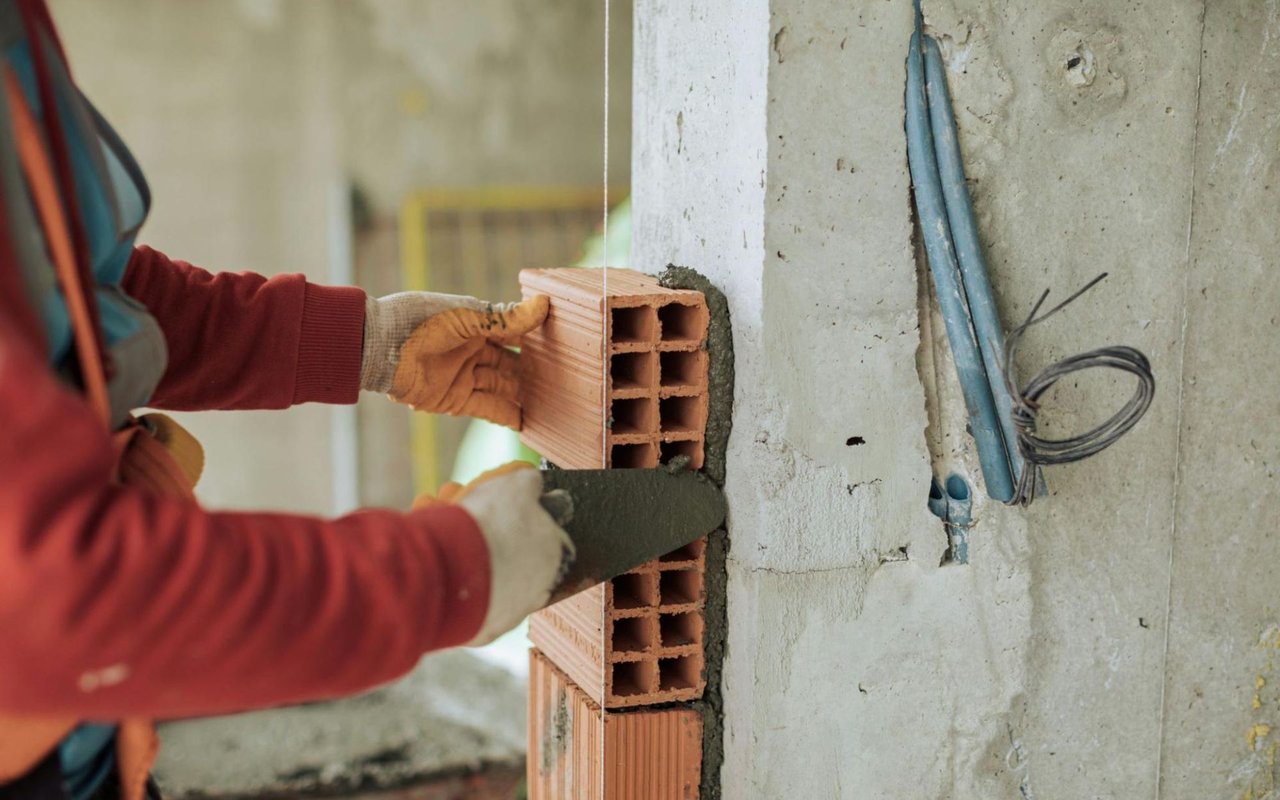In the intricate realm of real estate, the age of a house stands as a variable that often piques curiosity among homebuyers and sellers alike. The question lingers: does the age of a house affect its market value? This exploration delves into the nuanced dynamics between a home's age and its perceived value in the real estate market. Beyond the mere passage of years, various factors come into play, shaping the intricate relationship between home age and market value. Begin decoding this intricate equation to understand how the temporal aspect influences the financial worth of residential properties.
1. The Myth of Age: Dispelling Common Perceptions
Critical to this discussion is showcasing well-maintained historic homes as tangible examples that defy the expected depreciation associated with age. By highlighting these properties, the aim is to illustrate how, under attentive care and thoughtful preservation, older homes resist the anticipated decline in market value and often demonstrate an ability to thrive in the competitive real estate landscape.
The essence of this narrative lies in promoting a nuanced understanding: age, when considered in conjunction with strategic maintenance and unique architectural features, can become an asset rather than a liability. By offering concrete instances where the distinct characteristics of historic homes contribute to enhancing their market value, this exploration challenges the conventional narrative surrounding the impact of age on real estate. It encourages reevaluating preconceived notions and fosters an appreciation for the enduring charm and lasting appeal that well-maintained older homes bring to the diverse tapestry of the real estate market.
2. Historical Significance: Preserving Value Through Time
With their rich narratives and architectural legacy, historical homes often stand as beacons of a bygone era. In this section, we scrutinize how the preservation of historical significance goes beyond mere nostalgia, becoming a strategic element in enhancing a property's enduring appeal. By maintaining and celebrating the unique characteristics that contribute to a home's historical value, homeowners not only connect with the past but also position their properties as valuable contributors to the cultural fabric of a community.
Consider, for instance, a colonial-era residence with original period details, offering a glimpse into the architectural styles and lifestyle of its time. The commitment to preserving such historical gems becomes an investment in cultural preservation, attracting buyers who appreciate the authenticity and storytelling embedded within these properties.
3. The Impact of Renovations: Breathing New Life into Older Homes
When thoughtfully undertaken, renovations serve as catalysts for breathing new life into aging structures. The exploration emphasizes the multifaceted benefits of these updates, extending beyond cosmetic improvements. Strategic renovations can enhance a home's functionality, align it with contemporary lifestyle expectations, and address potential structural issues. Through case studies and before-and-after examples, we spotlight instances where these renovations have revitalized the aesthetics and positively impacted the property's market value.
Consider, for instance, a mid-century home undergoing a comprehensive renovation, where the integration of energy-efficient features, modern amenities, and an open-concept layout redefines its market position. Such renovations attract buyers seeking a harmonious blend of historic charm and contemporary comfort and elevate the property's financial standing by aligning it with current market demands.
4. Mid-Century Modern Appeal: A Timeless Trend
At the heart of mid-century modern homes lie architectural features that have become iconic symbols of the era. The open spaces, characterized by fluid transitions between indoor and outdoor living, evoke a sense of airiness and connectivity. Clean lines create a minimalist aesthetic that, while rooted in the mid-20th century, continues to resonate with contemporary design sensibilities. The integration with nature, often facilitated by large windows and seamless incorporation of outdoor elements, enhances the overall living experience. By dissecting these design elements, the exploration underscores their collective contribution to a design ethos that remains relevant and appealing across diverse generations.
Buyers, drawn to the unique and timeless design of mid-century homes, often find themselves captivated by more than just a physical structure; they invest in a piece of architectural history. The narrative unfolds by illustrating how these buyers, seeking more than just shelter, are drawn to the narrative embodied in mid-century homes. The commitment to preserving such architectural gems is a testament to the enduring appeal of mid-century design, with buyers willingly investing in properties that represent a distinctive era.
5. Location Matters: A Constant Amidst Change
While age inevitably leaves its mark on a property, the exploration unfolds to underscore that location acts as a powerful mitigating factor. Real-life examples are dissected to illustrate how a prime location can serve as a stabilizing force, countering the potential depreciation associated with an aging home. Through these instances, a property demonstrates that a desirable neighborhood and proximity to critical amenities can act as enduring assets, offering a consistent foundation amid the ever-changing dynamics of the real estate market.
For example, a vintage home nestled in a sought-after neighborhood with an excellent community, parks, and convenient access to urban centers is highly desired. Despite its age, the property's market value remains robust due to the enduring appeal of its location.
6. Balancing Act: Maintaining the Sweet Spot
Navigating the delicate balance between a house's age and its market value requires practical considerations. Homeowners aiming to maintain an optimal market position must strategically blend the charm of an older property with the preferences of contemporary home buyers. Thoughtful updates play a crucial role in achieving this balance. For instance, preserving historical elements that contribute to a property's character while integrating modern amenities aligns with the expectations of today's homeowners.
Successful strategies often involve real-life examples, such as a Victorian-era home that retains its original features while incorporating a modernized kitchen. By empowering homeowners with practical insights into updates, preservation, and modernization, this guide aims to provide actionable advice for navigating the complexities of maintaining an older property's appeal in the ever-evolving real estate market.
Crafting Value Beyond Years
Understanding the intricate dynamics between a house's age and its market value is crucial for homeowners seeking to make informed decisions in the real estate landscape. Whether preserving historical charm, incorporating modern amenities, or strategically updating older properties, the key lies in finding a balance that resonates with contemporary homebuyers. The narratives explored in this guide underscore the practical strategies available to homeowners, empowering them to navigate the complexities of the market while ensuring their properties remain not only rooted in history but also relevant and appealing. As the real estate landscape continues to evolve, this guide serves as a practical resource for those seeking to strike the right balance between an older property's intrinsic charm and the expectations of today's homebuyers.
Are you ready to discuss whether the age of a house affects its value? Contact the
Meza Group today for more information on all of your questions about the real estate market.






